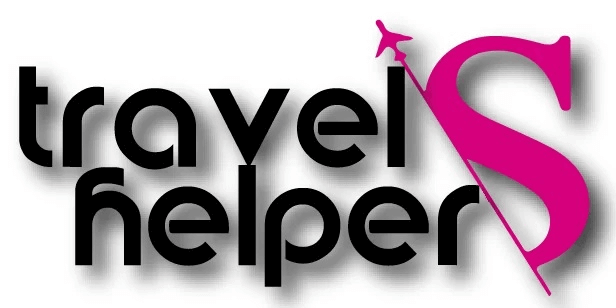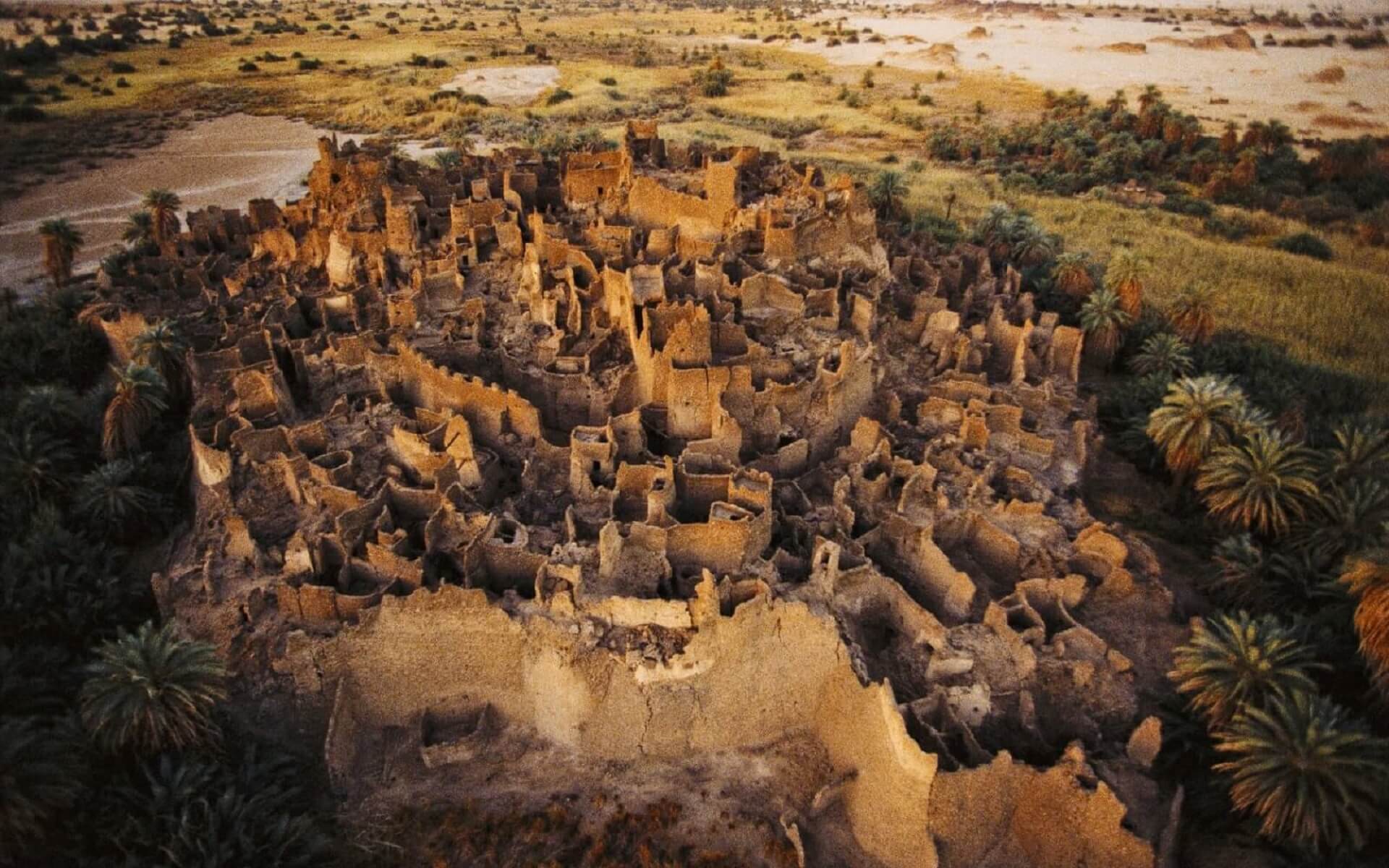Niger, formally the Republic of Niger, is a Western African landlocked country named after the Niger River. Niger is bounded to the northeast by Libya, to the east by Chad, to the south by Nigeria and Benin, to the west by Burkina Faso and Mali, and to the northwest by Algeria. Niger has a land area of about 1,270,000 km2, making it the biggest nation in West Africa, with the Sahara Desert covering more than 80% of its land area. The country’s largely Islamic population of 17,138,707 is concentrated primarily in the country’s extreme south and west. Niamey, Niger’s capital city, is located in the country’s extreme southwest portion.
Niger is a poor nation that frequently ranks towards the bottom of the United Nations’ Human Development Index (HDI); in 2014, it was rated 188th. Periodic drought and desertification threaten much of the country’s non-desert areas. The economy is centered on subsistence and some export agriculture in the more fertile south, as well as raw material exports, particularly uranium ore. Due to its landlocked location, arid landscape, high fertility rates and resultant overpopulation without birth control, inadequate education and poverty of its people, lack of infrastructure, poor health care, and environmental degradation, Niger confronts significant development problems.
Nigerien society shows a variety resulting from the lengthy separate histories of its many ethnic groups and regions, as well as their comparatively brief history of coexistence under a single state. Historically, what is today Niger was on the outskirts of numerous big states. Nigeriens have lived under five constitutions and three periods of military government since independence. Niger has been a democratic, multi-party state since a military coup in 2010. The vast majority reside in rural regions and have little access to higher education.


